A Guide to Causes of Condensation in Your Home
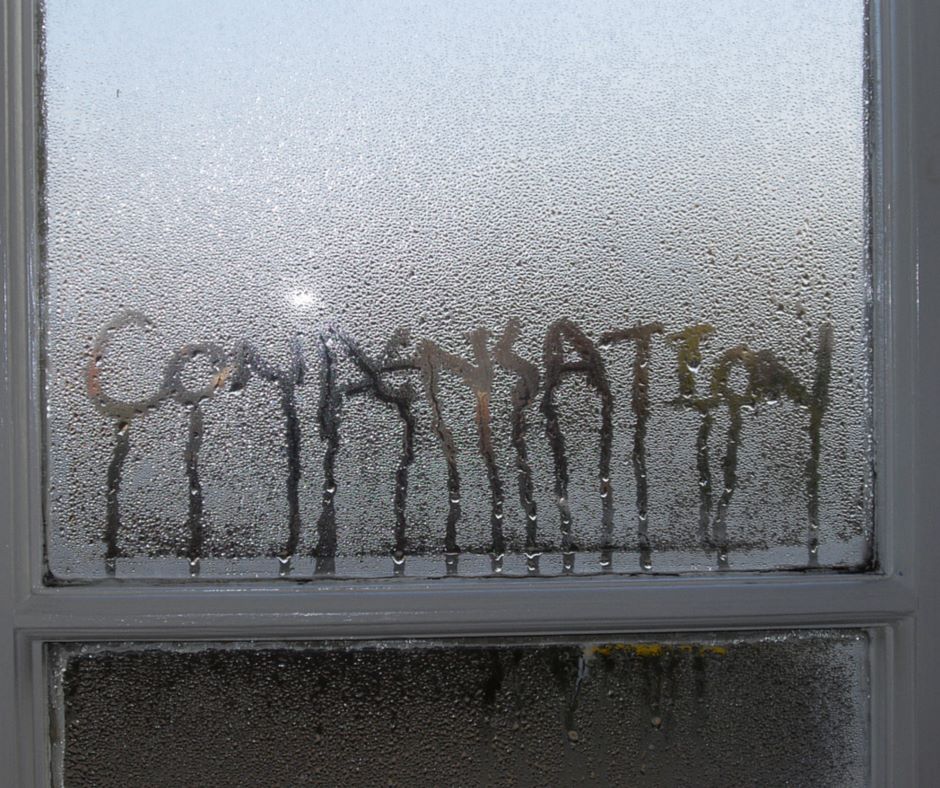
A Guide to Causes of Condensation in Your Home
Condensation is an all-too-common issue that many homeowners face, causing mould, dampness, and potential even damaging their homes. Recognising the causes of condensation and employing effective solutions is essential for sustaining a healthy and comfortable living environment.
In this extensive guide, we will explore the causes, as well as its impact on your home, and provide Realistic advice to combat it effectively.
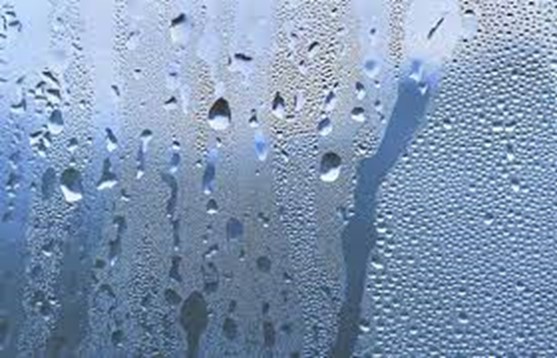
What is Condensation?
Condensation naturally occurs when warm, moisture-laden air encounters a colder surface, causing water vapour to transform into water droplets. In its basic terms, it is the process of airborne water vapour turning into a liquid form due to a decrease in temperature. Condensation frequently occurs on windows, doors, mirrors, and cold surfaces in our homes. It can be a normal occurrence, however excessive condensation can lead to, mould growth, dampness, and even structural damage. Understanding the causes of condensation in your home and implementing proper insulation, ventilation, and temperature control measures are essential in fighting this issue and preserving a healthy living environment.
Why does it occur in homes?
The air surrounding us in our homes always contains invisible water vapour. A typical example is boiling pot of water on the stove, which rapidly becomes invisible bit it has in fact just been absorbed into the internal atmosphere of your property.
The warmer the internal air, the more water vapour it can hold – but there is a maximum amount it can hold for a given temperature and when that limit is reached, the air is then said to be ‘saturated’.
When saturated air meets a surface temperature that is at a lower temperature than itself, the air temperature is reduced and at the point of contact sheds its surplus water vapour on that surface – primarily in the form of a mist then, if excessive, in the form of moisture droplets.
An example of this is when a person breathes onto a pair of glasses: condensation occurs because the exhaled air is saturated, and its temperature is higher than that of the glasses (which is at room temperature).
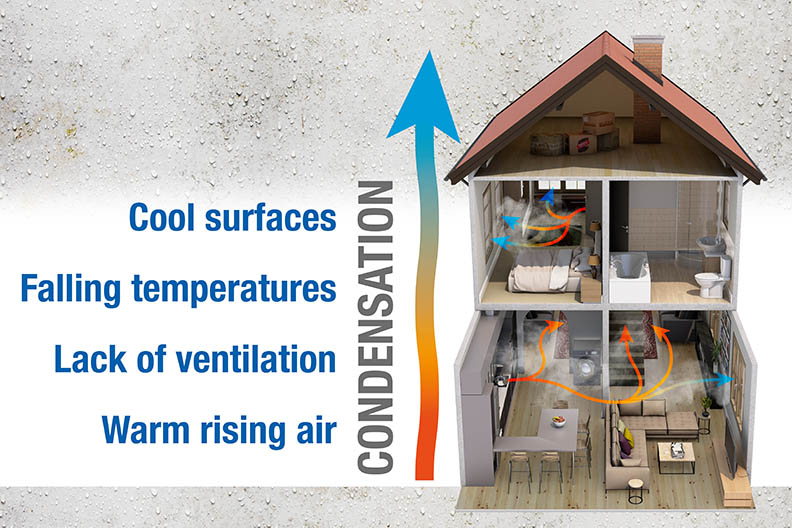
Water vapour content of the air
This is produced under standard living activities such as cooking, boiling a kettle, washing, and bathing and can be controlled using extractor fans, cowlings, and adequate ventilation.
Internal room temperature
This can be controlled to some extent by replacing single glazing with energy-efficient double or triple glazing, which provides a higher internal surface temperature of the glass.
This helps to retain the room’s air temperature, which, in conjunction with adequate ventilation enables rooms to hold more water vapour without condensing. Older windows tend to leak warm air and we have all experienced sitting in a room where we have felt a draft.
External temperature
This obviously cannot be controlled, but its effect on the inside room temperature can be greatly reduced by the installation of energy efficient windows and doors.
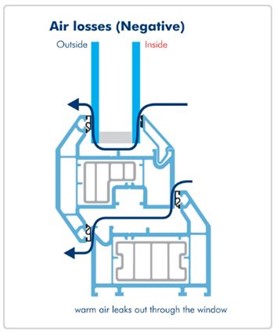
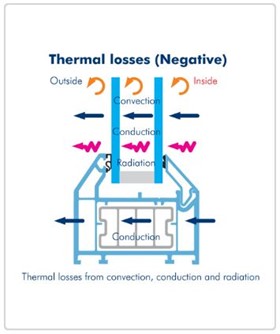
Impact of Condensation on Your Home
Remember condensation can have significant impacts in your house if left unaddressed. Understanding these effects is crucial for maintaining a healthy and comfortable living environment. Here are some key points to consider:
Increased Energy Consumption
Condensation can contribute to heat loss and energy consumption. Moisture on windows, for example, often reduce the effectiveness of insulation making your heating system work harder to maintain desired temperatures.
Dampness and Mold Growth
Excessive condensation creates a damp environment that promotes mould and mildew growth. These fungi can release unpleasant odours, damage surfaces as well as cause potential health risks, especially for people with respiratory conditions.
Structural Damage
Prolonged condensation can lead to structural issues. Moisture seeping into walls, ceilings, as well as wooden frames can cause warping, rotting, and eventually weaken the building materials over time. This can compromise the integrity of your home’s structure leaving you with costly repair bills.
Damage to Possessions
Condensation can damage your personal belongings. Excessive moisture can cause fabric discolouration, deterioration of furniture, and damage to electronic devices.
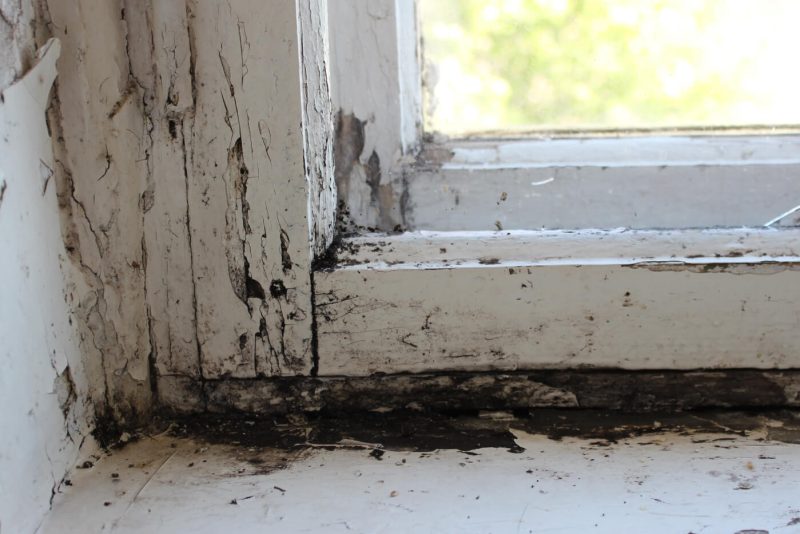
Health Concerns
Mold growth from condensation can trigger allergies, respiratory problems, and asthma symptoms. It can also affect indoor air quality, leading to discomfort and potential health issues for you and your family.
Effective Strategies to Keep Your Home Dry and Comfortable
Dealing with the causes of condensation in your home can be a challenging task but with the right approach, you can effectively combat it, creating a dry living space. Below are some practical tips and techniques to help you tackle condensation head-on.
Improve Ventilation
Developing airflow is crucial in reducing condensation. Remember to Open windows or use the extractor fans in moisture-prone areas like bathrooms and kitchens. Consider installing trickle vents in windows to maintain a consistent airflow while preserving energy efficiency. New Building Regulations mandate that trickle vents must be installed when replacing windows.
Control Humidity Levels
Managing indoor humidity is vital in the fight against condensation. Use a hygrometer to monitor humidity levels; aim for around 40-50% relative humidity. If levels exceed this range, employ dehumidifiers to remove excess moisture from the air. Also, be mindful of activities that generate moisture and try to minimize them, such as drying clothes indoors or boiling water without proper ventilation.
Insulate accordingly
Inadequate insulation can contribute to temperature differentials and condensation. Ensure your home is properly insulated, paying attention to walls, roofs, and windows. Double-glazing windows and adding insulation in the attic or cavity walls can help maintain warmer surfaces, reducing the likelihood of condensation forming.
Investigate anti-condensation solutions to further combat moisture-related issues. Anti-condensation paints can be applied to walls and ceilings which reduce condensation formation. Additionally, consider using moisture-absorbing products, like silica gel or dehumidifier crystals, in cupboards, wardrobes, or other areas prone to excessive moisture.
Wipe down surfaces prone to moisture, such as windows, mirrors, and tiles, to remove any excess moisture. Dry clothes outdoors or in a well-ventilated area to minimize indoor humidity levels. Ensure proper ventilation while cooking by using extractor fans or opening windows.

Causes of condensation in your home can be effectively controlled with the right knowledge and practical measures. By implementing proper ventilation, improving insulation, and maintaining suitable heating and temperature control. By being observant, you can address condensation issues promptly.
Remember, if you need professional assistance with condensation issues, consult a qualified expert for tailored advice and solutions.
Tags : Condensation, Double Glazing, Windows

